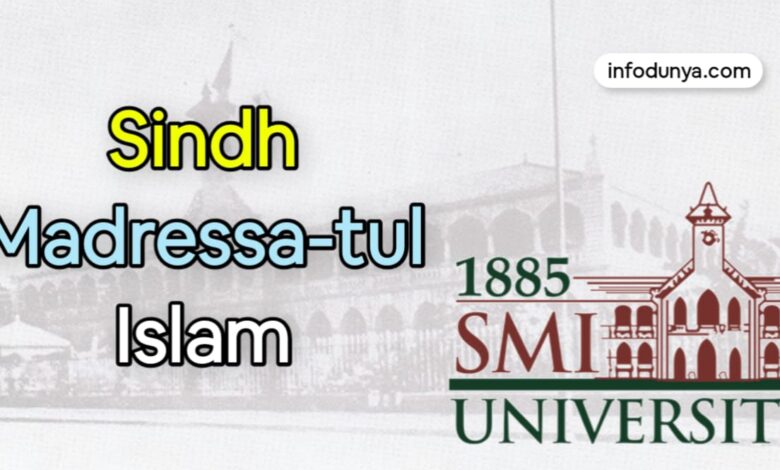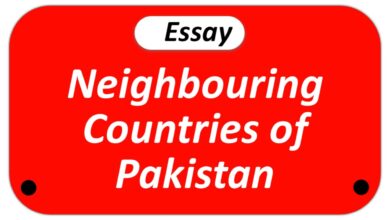Sindh Madressa-tul Islam 1885

Sindh Madressa-tul Islam, 1885
In 1885, Hassan Ali Effendi, Jan eminent lawyer of Sindh, wished to emulate* the educational services that Sir Syed had offered to the Muslim community. He visited M.A.O. College to see for himself how the college functioned and decided to repeat the experiment in Sindh on the same lines. When Syed Ameer Ali had set up the National Muhammadan Association for the social uplift of the Muslims of India, he visited Sindh for the same purpose. A branch of the Sindh Muhammadan Association was then set up with Hassan Ali Effendi as its first President, with the objective of setting up an educational institution. The institution set up was the Sindh Madressa-tul Islam at Karachi in 1885.
The site chosen for the school was the Qafila Caravan Serai in the heart of Karachi City, which was no longer in use because of the introduction of railways. The Municipal Committee of Karachi gave the site to Hassan Ali Effendi to set up the Madressa on a British public school pattern which would impart English education.
On 1 September, 1885, the Viceroy of India, Lord Dufferin laid the foundation stone of the Madressa-tul Islam School. The principals of the school were British and its teachers and students were asked to focus on ‘education’ alone with co-curricular activities taking place in the spare time of the students. The Madressa provided scholarships to deserving Sindhi and other students and was affiliated with the University of Bombay for its Matriculation Certificate. The prominent alumni of Madressa-tul Islam were foremost the founders of Pakistan, Quaid-e-Azam Mohammad Ali Jinnah, Sir Abdullah Haroon, Ghulam Husain Hidayatullah, Muhammad Ayub Khuhro, Allama I.I. Qazi, and Sheikh Abdul Majeed Sindhi.
Darul Uloom Deoband, 1866
Muslims had to face opposition and suspicion from the rulers after the revolutionary events of 1857, so with a united purpose and will, an institution was set up which became a beacon of light and hope for the Muslims. This institution was Dar-ul-Uloom Deoband, set up in 1866 in the city of Deoband, Saharanpur which is near Delhi. In common usage it is just referred to as Deoband.
It was set up as a response to the English Western education of the British rulers. Deoband was an educational institution for both traditional and progressive education for Muslims. The curriculum was called Dars-i- Nizami but students who wished to pursue an English education could do so. Education was otherwise imparted in Urdu but Arabic and Persian languages were also taught and methodology of teaching was very organized.
Darul Uloom Deoband expanded its facilities to house various departments of study-Law, Medicine, Religious teaching, Calligraphy and Crafts. A library, mosque, hostels, a kitchen and an administrative block were also added. Degrees awarded by Darul Uloom Deoband are recognized by the present government in India. Among the founders of Darul Uloom were Maulana Muhammad Qasim Nanotvi, Maulana Rasheed Ahmed Gangohvi and Haji Syed Abid Hussain who were famous scholars of their time.
Nadva-tul-Ulema, 1898
In the last forty years of the nineteenth century, the educational institutions set up for the Muslims of India included M.A.O College and Sindh Madressa- tul-Islam which also imparted English education, and an institution was set up whose focus was religious education. Nadva-tul-Ulema was in Lucknow and its founder was Maulvi Abdul Ghaffar who was Deputy Collector under the British. The founding principles of this institution were:
1. To keep Muslims away from sectarianism
2. To improve the quality of education
3. To improve the educational curriculum
4. To rid society of all ills
5. To bring improvement in every aspect of Muslims’ lives
6. To keep Muslims away from politics
7. A high quality institution which could impart both religious and secular education
Maulana Shibli Nomani made revolutionary changes in the curriculum of Nadva-tul-Ulema in 1904 and in 1905, along with the Arabic curriculum, English education was made compulsory. Hindi and Sanskrit were also a part of the curriculum. Maulana Shibli Nomani, Maulana Abdul Haye and Maulana Abdul Qayyum were all part of the education committee. The study of Tafseer (interpretation of Quranic ayaat) was given an important role and new sciences such as Philosophy, History, Geography and Logic were added to the curriculum.
The institution was funded by India’s prominent Muslim states such as Hyderabad and Bhopal, and the land was provided by the landed gentry of Shah Jahanpur.
Among the well-known people who studied at Nadva-tul-Ulema were Syed Suleman Nadvi, Maulana Abul Kalam Azad and other personalities from the freedom movement.
Islamia College, Lahore, 1892
This historical institution was established in 1892 by Anjuman-e-Himayat- e-Islam and remained a centre for the freedom movement. The founder of Pakistan, Quaid-e-Azam Mohammad Ali Jinnah would come here and address the students. It was a centre of excellence among the educational institutions of its time. Islamia College for Women was founded in 1939 at Cooper Road, Lahore, and in 1947 another branch was opened in Civil Lines. Islamia College, Lahore is affiliated with the Punjab University and is a degree awarding institution for Bachelors in Sciences and Arts. Some prominent students from this college have gone on to make a name for themselves in the service of the nation and have held top leadership positions.



